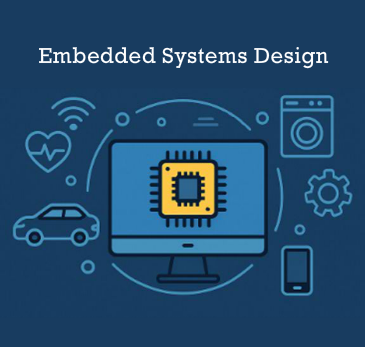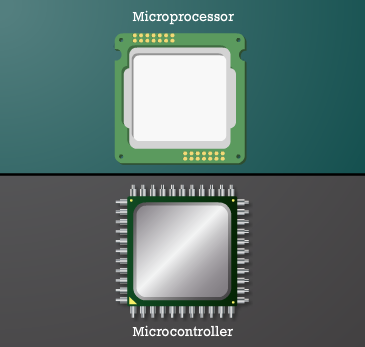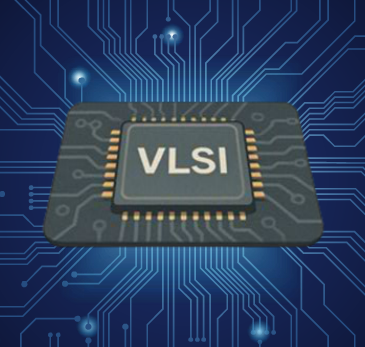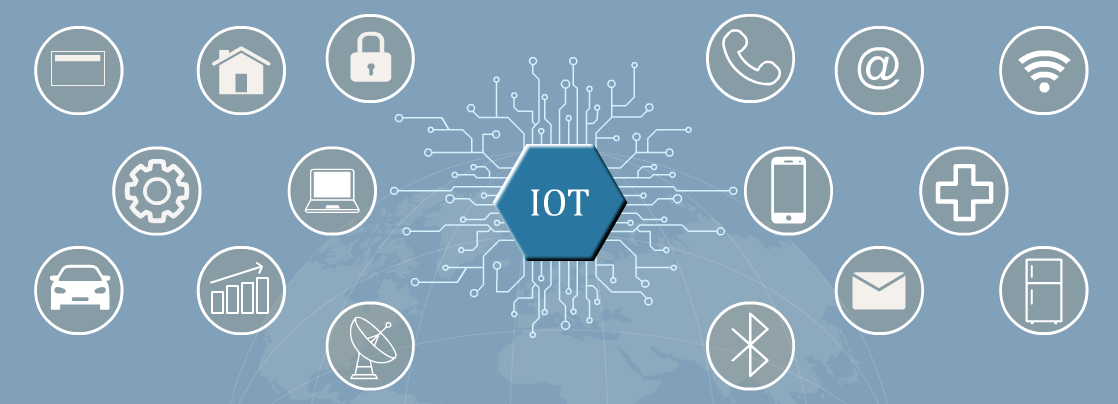
Embedded and IoT Systems: The Smart Tech Behind Modern Life
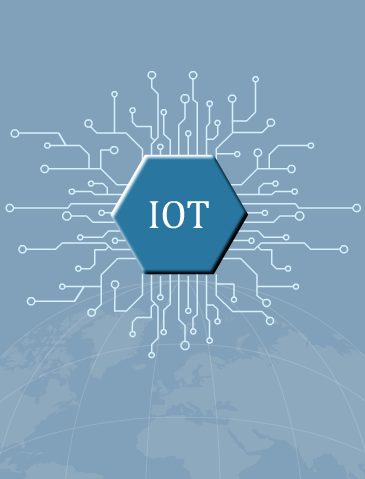
Have you ever wondered how your smartwatch counts your steps? Or how your fridge reminds you to close the door? That’s the magic of Embedded Systems and the Internet of Things (IoT) working together.
These technologies are making devices smarter and daily life easier. Whether you’re an engineering student or just curious about tech, learning about Embedded and IoT systems is a great way to understand how the world is becoming more connected.
What Are Embedded and IoT Systems?
An Embedded System is a small computer built into a machine or device that performs a specific task. It could be as simple as running a timer in a microwave or as complex as controlling a car’s engine.
The Internet of Things (IoT) connects these devices to each other or to the internet. This allows them to share data, respond to situations, and be controlled from anywhere.
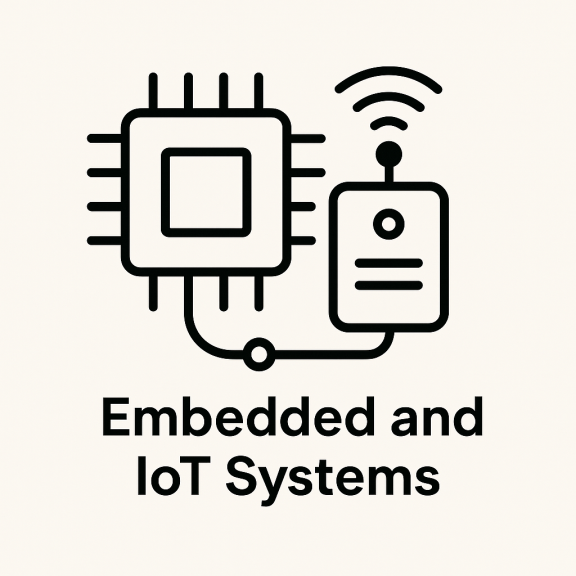
Together, they create smart systems that can think, sense, and act.
Real-World Scenario: Smart Farming Sensor
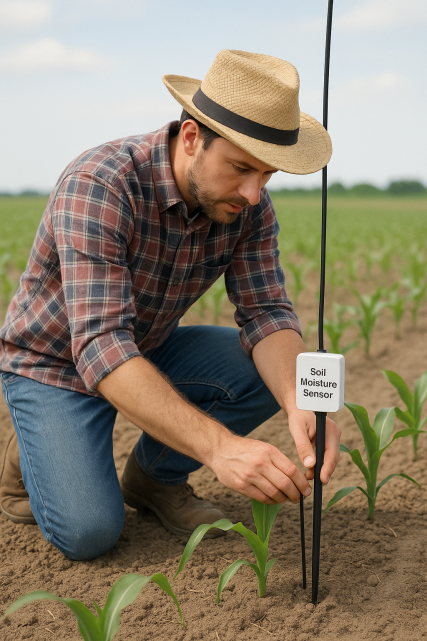
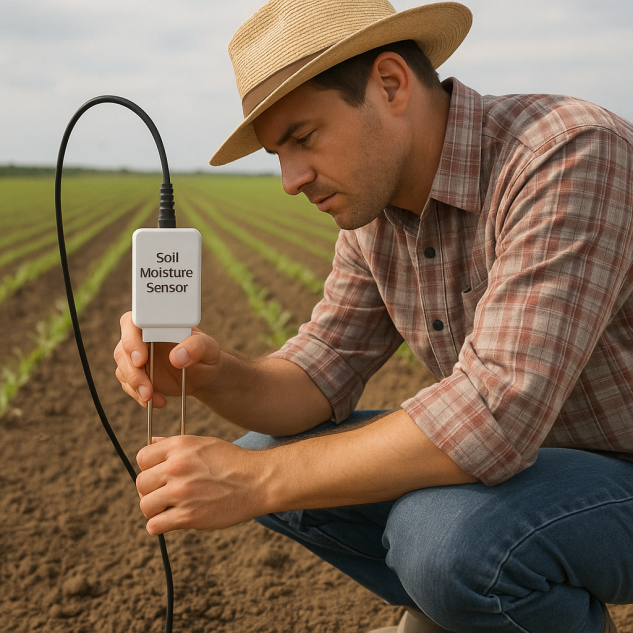
Let’s say a farmer installs a soil moisture sensor in a field. Here's how Embedded + IoT works:
- The embedded chip in the sensor checks moisture levels every hour.
- If the soil is too dry, it sends a signal.
- Through IoT connectivity, the system notifies the farmer on their phone.
- The farmer can then turn on irrigation or the system does it automatically.
This setup saves water, increases crop health, and reduces effort all using smart tech.
Why Should You Learn This?

- Blends hardware and software, giving you hands-on skills
- Build your own mini-projects and smart gadgets
- Powers every industry, from healthcare to space tech
- Gateway to robotics, automation, and future tech
- Demand for skilled professionals is rising in companies and startups
What You Can Do with These Skills
- Program microcontrollers like Arduino, STM32 or ESP32
- Work with sensors, motors, and communication modules
- Build smart home setups like motion lights or alarm systems
- Create wearable tech or fitness monitoring devices
- Develop prototypes for industrial or research use
Common Applications
- Medical Devices – Like insulin pumps or health trackers
- Vehicles – Cruise control, airbags, GPS systems
- Smart Homes – Lights, fans, locks controlled by apps
- Industry – Automated machines, quality checking
- Agriculture – Weather sensors, crop monitoring
- Security – CCTV, access control, remote alarms
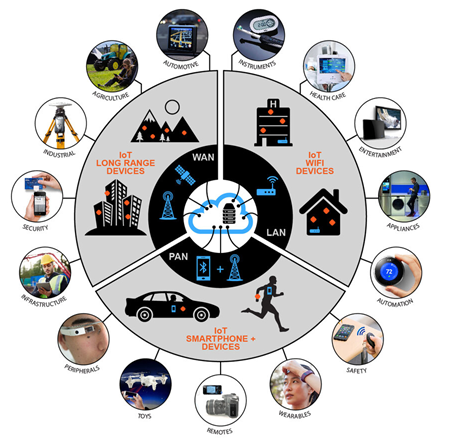
Pros of Embedded and IoT Systems
- Improve everyday life with automation
- Make machines efficient and responsive
- Help collect and use real-time data
- Allow remote control and monitoring
- Ideal for building creative tech solutions
Cons to Keep in Mind
- Often rely on internet and power supply
- Devices may need regular updates or repairs
- Some systems have limited processing ability
- Privacy and security must be well handled
- Getting started can be tough without guidance
Conclusion
Embedded and IoT Systems are the foundation of smart technology. From homes and hospitals to factories and farms, these systems are quietly changing the world.
For students, learning this means understanding both electronics and coding. And more importantly, it means building things that actually work.
Start Your Smart Tech Journey

Want to go beyond theory? On our platform, you can watch real projects, write code, use simulators, and test yourself all in one place.





